Camille Saint-Saëns (1835-1921) was left bereft at the death of his mother in December 1888, and the cold winter winds in Paris persuaded him that perhaps a warmer climate might better suit him. Accordingly, he left Paris for Algiers where he stayed until May 1889 – walking, reading, listening, but not composing.
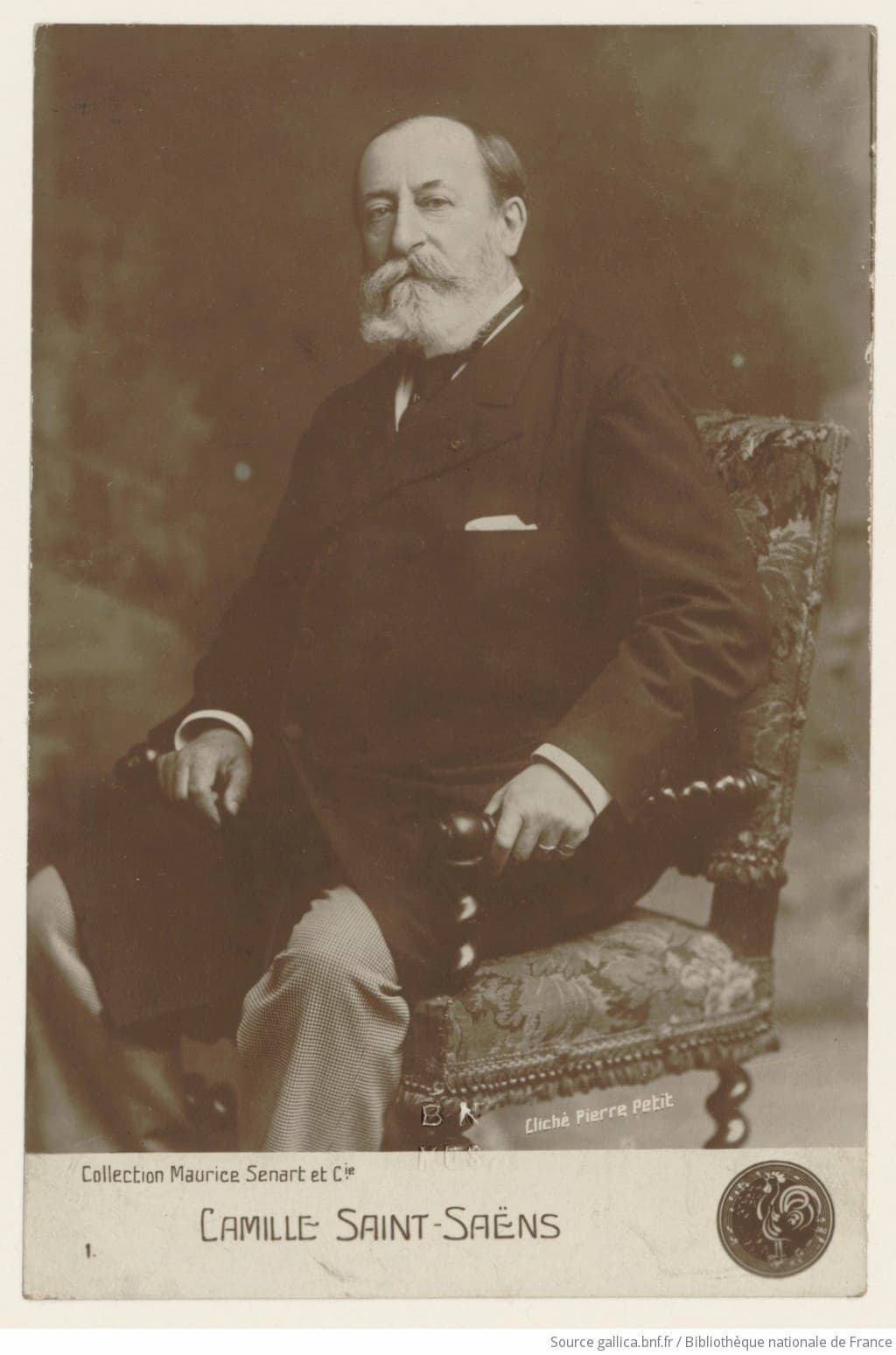
Camille Saint-Saëns, 1900 (Gallica, ark:/12148/btv1b8424645h)
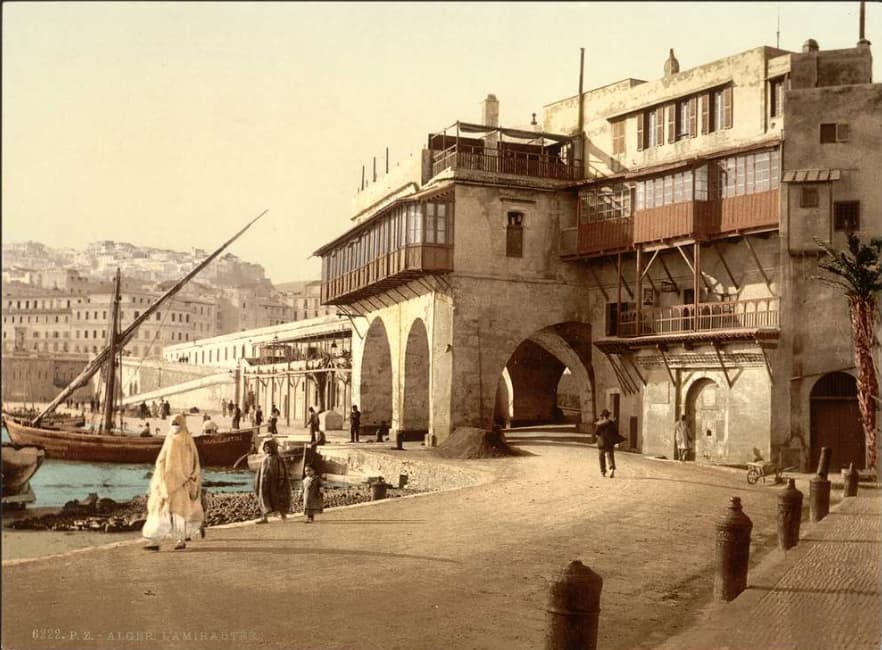
The Admiralty, Algiers, Algeria, in the late 19th century
Finally, in late 1889, he went first to Cadiz, Spain, and then to Las Palmas to take a winter holiday in the Canary Islands. There, he took a hotel room not in his well-known name but under the same of Charles Sannois, businessman, locked himself in his room, and started to work.
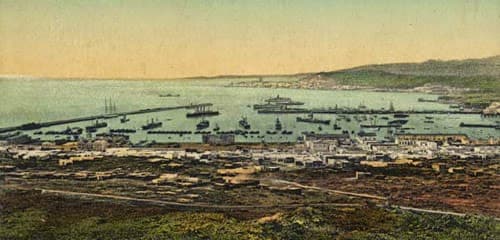
Las Palmas in the late 19th century
In a holiday town, this was extremely unusual, and after a report by a spying chambermaid, the police put him under surveillance as he was thought to be a spy; his musical writing was evidence that he was writing secret coded messages. Eventually, he was forced to shift hotels so he could work in peace. While composing, he was also working on a poetry book (Rimes Familières) and a one-act comic play in verse, Botriocéphale, consisting of a dialogue between a faun and a Fury. In April 1890, he left Las Palmas to return to Paris and in 1891, his fantasia for piano and orchestra was complete.
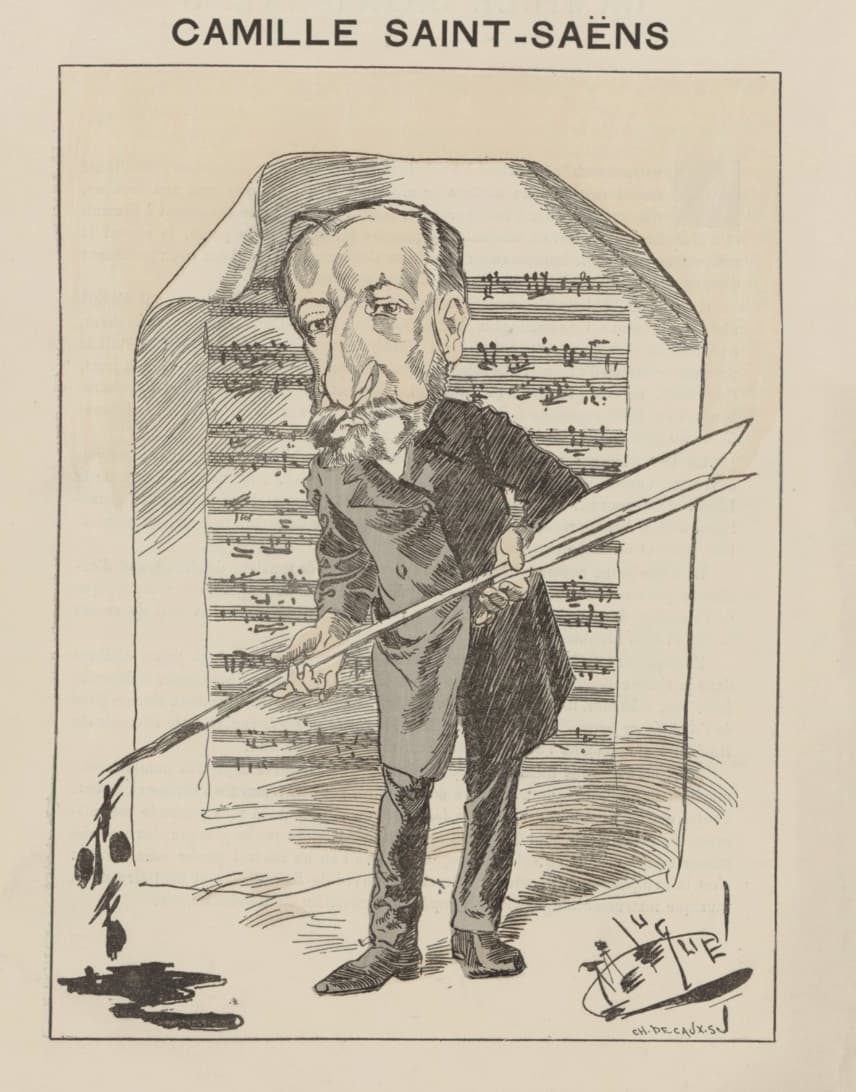
Manuel Luque: Camille Saint-Saëns, 1890 (Gallica, ark:/12148/cb451012213)
The resulting work, Africa, Op. 89, was the result of the time he spent in Algeria and Egypt, and, at the final climax, uses the melody Salam al-Bey, then the Tunisian national anthem. It was rumoured that Giuseppe Verdi was the composer of the work, but this has never been established for certain.
The work is multi-sectional and opens in a quick 6/8 time, full of syncopation. A cadenza is followed by three lyrical sections. There are sudden contrasts in mood, percussive rhythms, languorous rhythms, and vivid, pushing themes that take us out of Europe and into North Africa. Saint-Saëns combines both Algerian scales, with a flatted second scale degree, with late European Romantic harmonies and, in the cadenzas, is able to evoke the ideas of local instruments and idioms.
Saint-Saëns: Africa, Op. 89
Saint-Saëns finished the score in Cairo in 1891 and it was given its premiere in Paris, with its dedicatee, Mme Marie-Aimée Roger-Miclos (1860–1951), as soloist and Édouard Colonne as conductor. In later international performances, including in New York, the composer appeared as soloist.
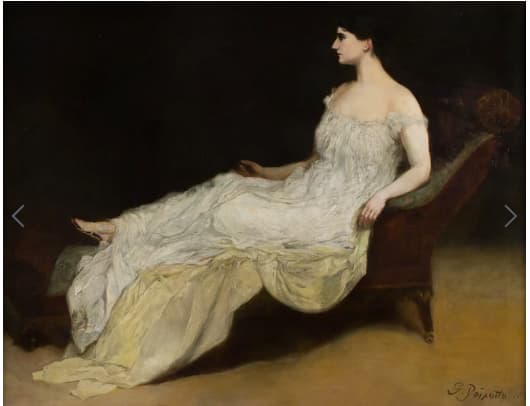
George Da Maduro Peixotto: Portrait of Marie-Aimee Roger-Miclos, Pianist, 1893
In addition to this version for piano and orchestra, Saint-Saëns also created a solo piano version which is extremely difficult as both the originally challenging piano part and the orchestra parts are resolved in the solo pianist’s part.
For more of the best in classical music, sign up for our E-Newsletter

